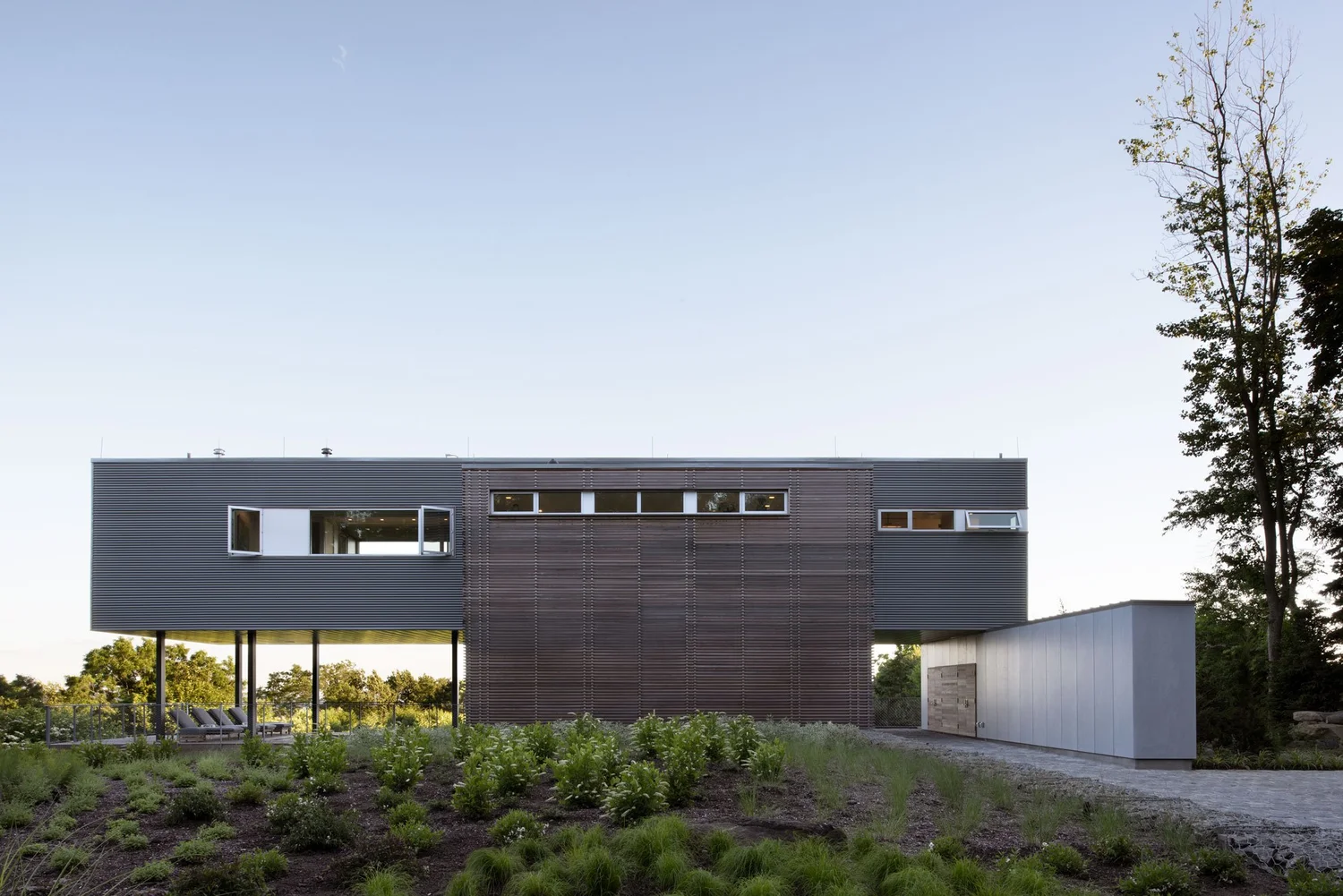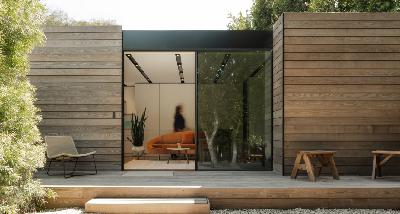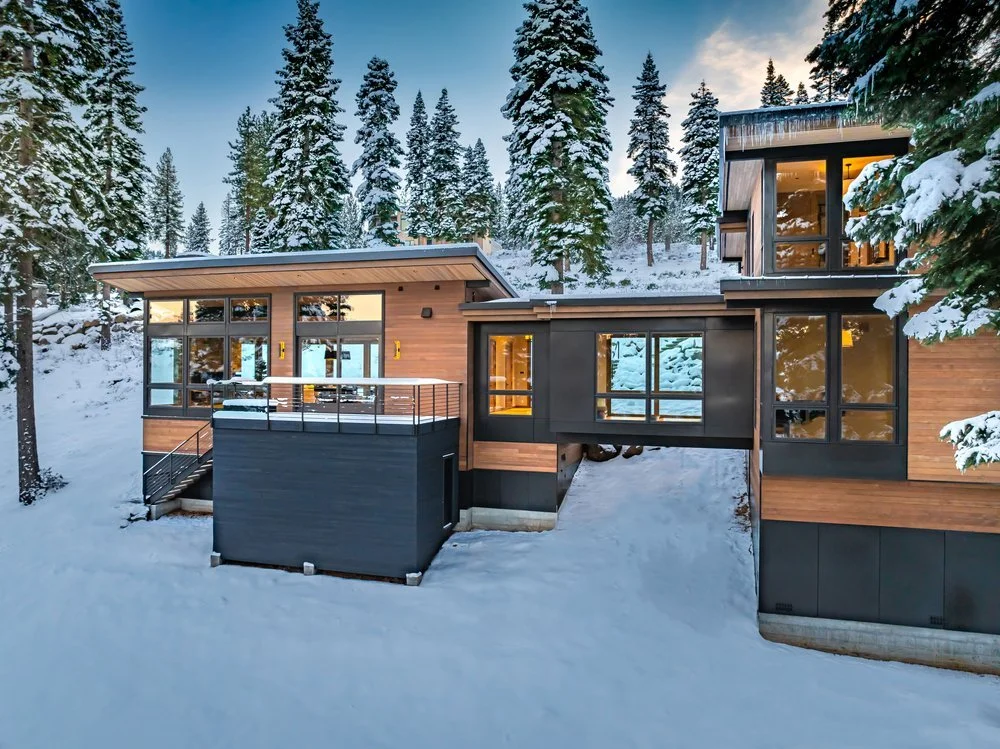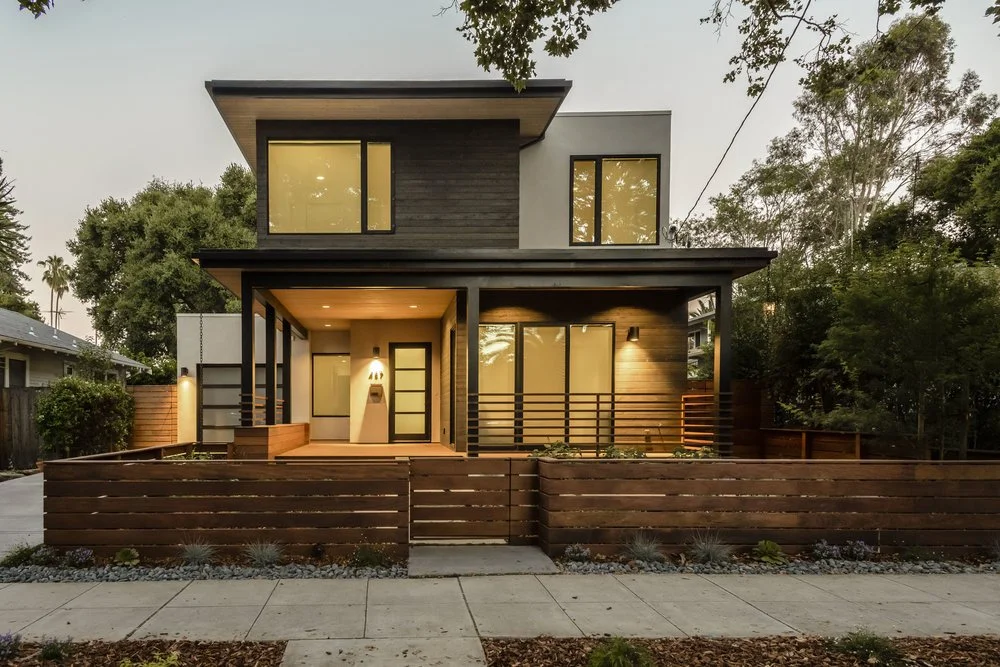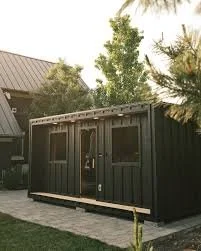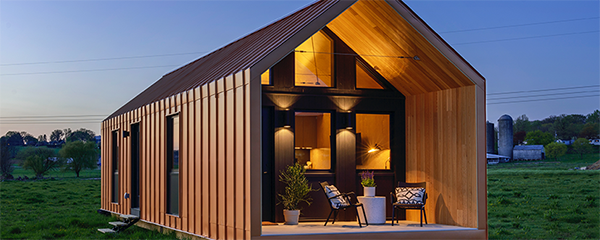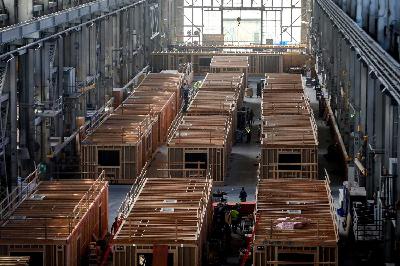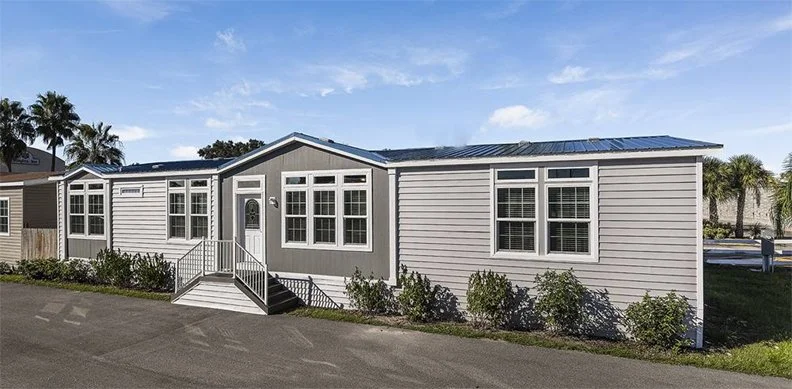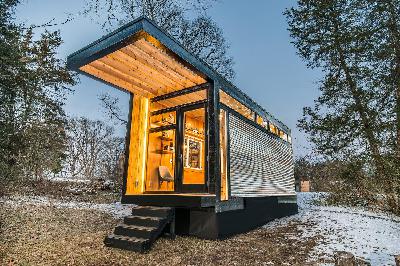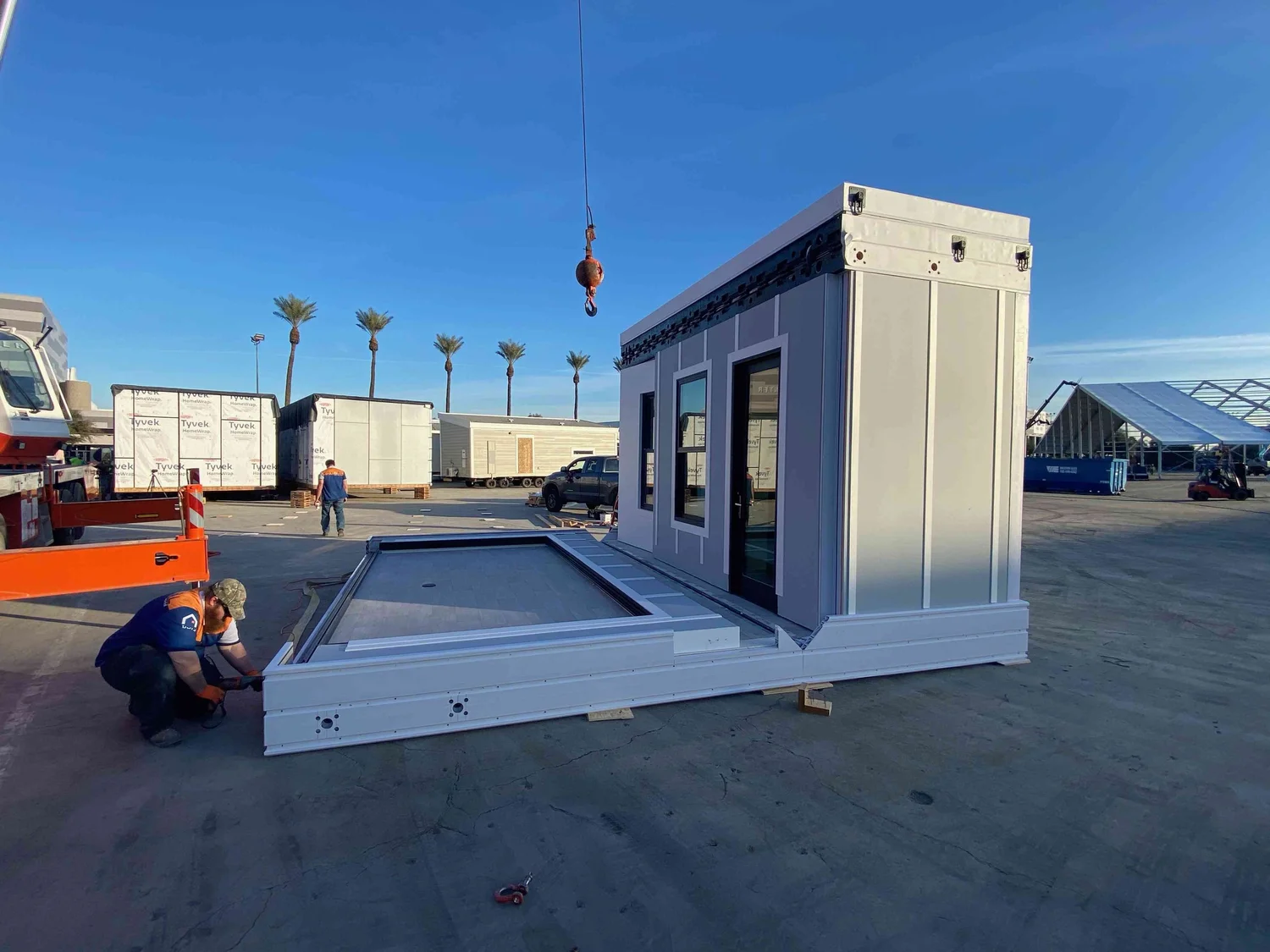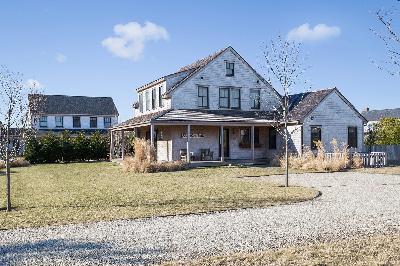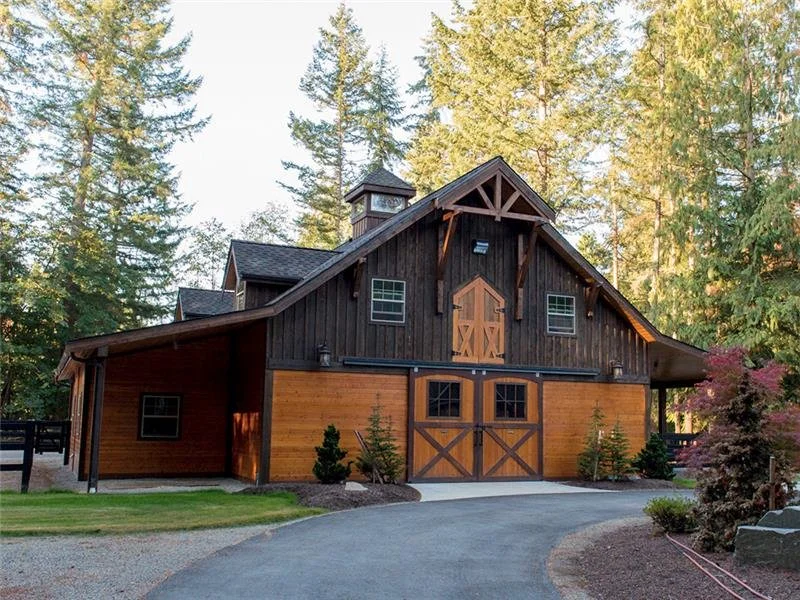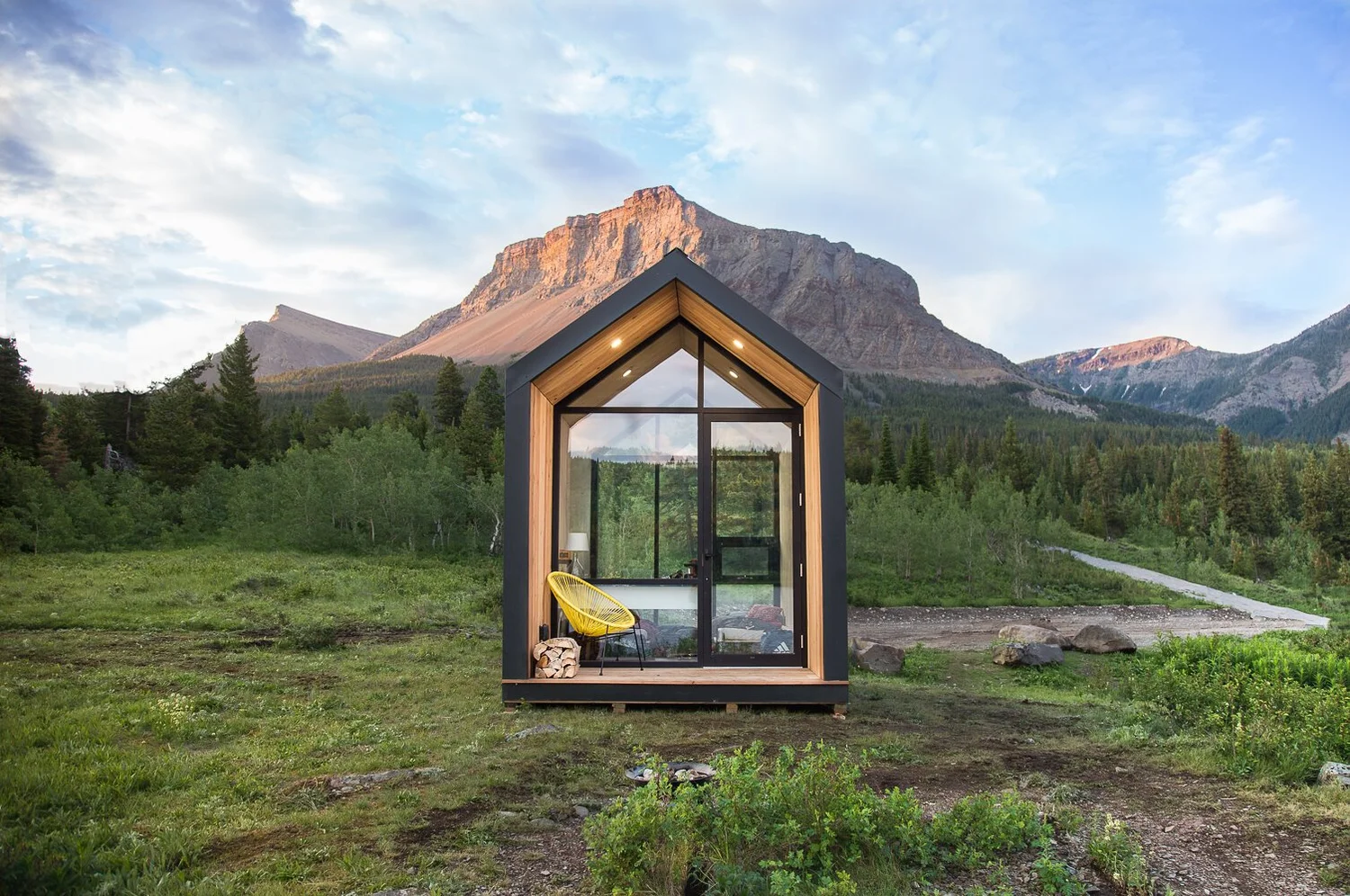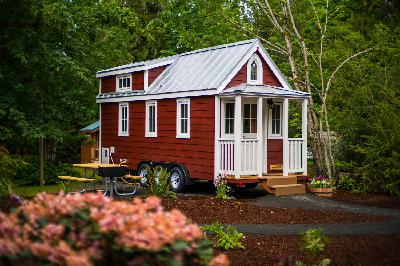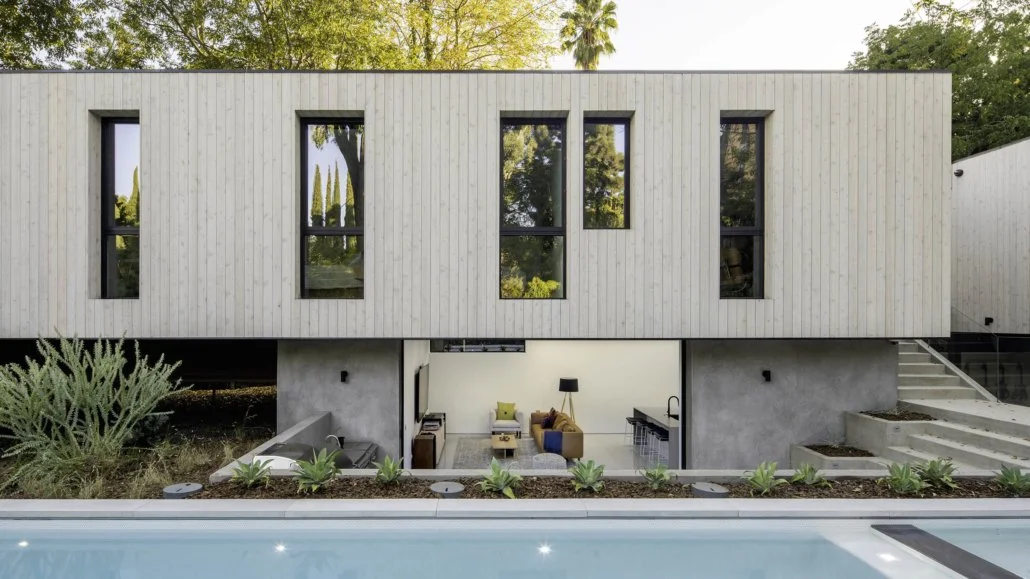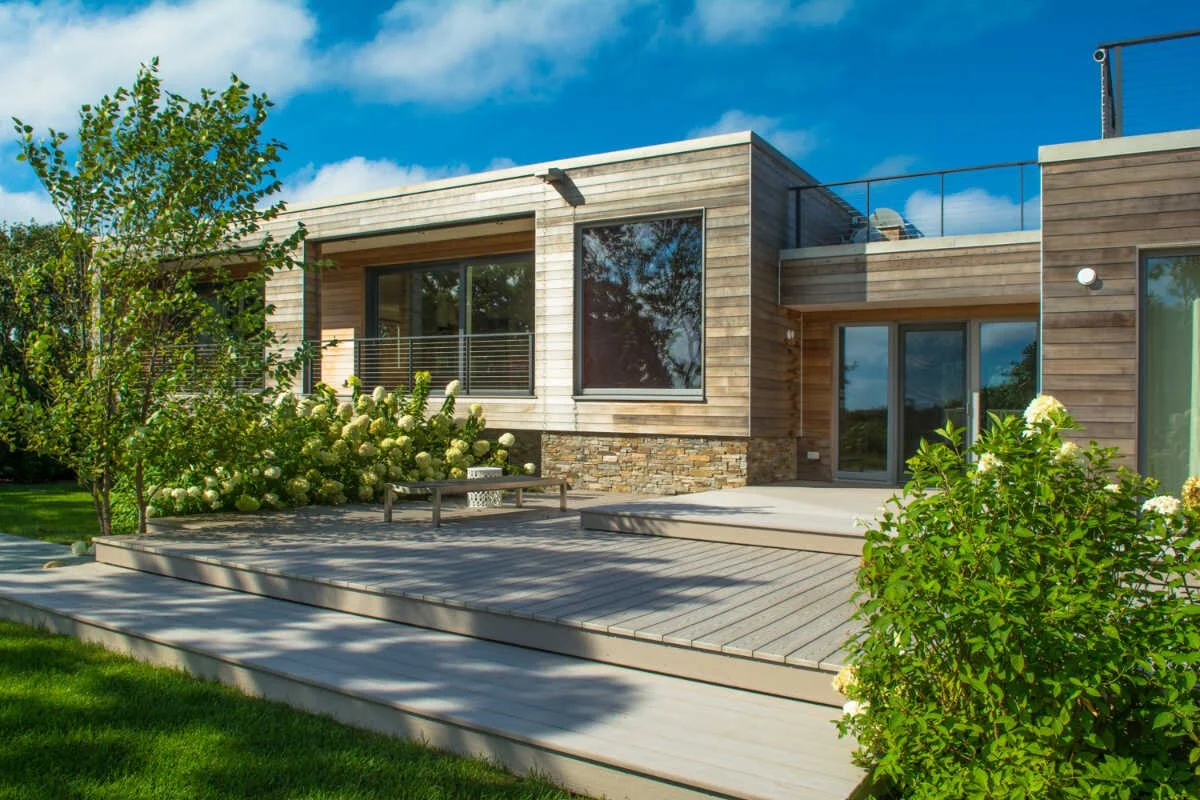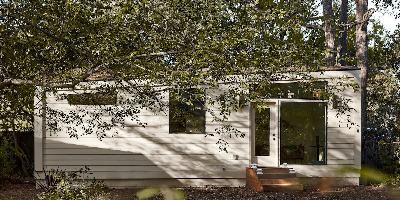Episode 25 - Joseph Tanney, Resolution: 4 Architecture
Description
Listen to the episode
<figure class="
sqs-block-image-figure
intrinsic
">

</figure>
<figure class="
sqs-block-image-figure
intrinsic
">

</figure>
<figure class="
sqs-block-image-figure
intrinsic
">

</figure>
<figure class="
sqs-block-image-figure
intrinsic
">

</figure>
Transcript
Prefab Review
Hi, my name is Michael Frank and this is the Prefab Pod presented by Prefab Review where we interview leading people in companies in the prefab housing industry today. We're speaking with Joseph Tanney of Resolution: 4 Architecture also known as RES4, a firm based out of New York. Joseph, welcome.
Joseph Tanney - RES4
Ah, nice to be here Michael. Thanks for having me.
Prefab Review
Yeah, it's our pleasure, Joseph. To start, I know you literally wrote the book on modular housing but can you start and just tell me a little bit about your background and how you became involved in modular architecture?
RES4
Well, we started doing research into modular off-site construction in about 2002 right after 9/11 and I think I should back up. We started our practice in 1990 so there's a number of things that sort of led to this. And in the first ten years of our practice, we're a small office and we do, like many small offices in the city, interior renovations and we'd start off with kitchens and bathrooms and they'd grow to apartment renovations and grow a little bit more. And so we had this interest because the spaces are so limited in New York and the square footage is so expensive that we developed this sufficiency of trying to pack in as we can into every space.
Prefab Review
We have a national audience, this is specifically for high rises in Manhattan and places like that, right?
RES4
Yeah, loft buildings, various high-rises, and different low-rise buildings. But yeah, a whole series of them here in the city, and we did a lot of interior renovations. So we really honed our craft in terms of built-ins. You know we would do a lot of cabinetry and build in a lot of the furniture and tables and millwork and everything because it would be limited space and it'd also be limited time in which you're allowed to actually build something in a co-op. And so we started to rely heavily on built-in cabinets because they were much more efficient. That way, we could build the majority of the project off-site and be a lot more efficient onsite. And we had done quite a bit of this the first 10 years. And then after 9/11, all of our work went on hold. And at that time, we had also just started working on a house upstate and began to realize how frustrating it was to actually find competent contractors outside of the city that had the same sense of urgency. In other words, when you build small spaces in New York the coordination in terms of what bits show up when so you're not having too many materials and things like that inside the apartment are going up in the elevator. So the logistics of the execution of actually putting something together needs to be heavily planned out. We found that working outside of the city with some of these residential GCs there was a lack of urgency. There was a lack of rigor. There was just a lack of intensity in terms of how you make something from nothing. We had a little extra time on our hands because all of our other projects had gone on hold; so we started looking. We started doing some research into off-site construction. You know it was sort of our preoccupation with cabinetry and off-the-shelf materials and long, linear loft spaces that we had been working on, that we felt this sort of kindred spirit with the limits imposed by modular. So that's how it started.
Our work was on hold and we had time, so we started looking into more and more things. Utilitarian nature, if you will, at the time. And in our research, we looked into and contacted as many factories as we could. And what we found was, you probably know this, within sort of this umbrella term everybody uses, “prefab”. There's the way we see it, there are basically 3 tiers: You know on one end of the spectrum you have HUD, you know it's sort of a glorified trailer. But it's a very affordable means for many Americans to have housing. It's low cost but a low opportunity to improve upon the design and on the other side of the spectrum, you have a kind of parts or panelized, if you will. And we've done several dozen of those projects as well. But the one we felt the most kindred spirit with was modular, right in the middle because of long linear limitations, very similar to a loft but the restrictions are very undefined. So you understand you're working within these limits, very similar to working within a loft, so it was a very natural extension of our practice to sort of use this as a limiting tool in design if that makes any sense.
Prefab Review
Yeah, it totally makes sense, especially when you think about how row houses are in some ways structurally very similar to a bunch of modules, one on top of another.
RES4
They are. As are lofts. And we've done quite a few brownstone renovations as well. And ultimately, as our practice grew and our clients grew, and they began to sort of move outside of the city a few of our clients at that time were like, “man we just want to get out of the city. Wouldn't it be great if you just took that loft you did for us and just parked it out in the woods in New Jersey?” And so there were a number of things that sort of instigated our looking into our natural preoccupation with it. And then literally some clients you know brought it up as a joke.
But the more factories we were able to talk to, and we literally went around the country knocking on doors, you know, talking to whoever would listen to us, mostly modular factories. Especially back then they did not have a need for architecture, nor did they want to work with them.
Prefab Review
Right, and I mean the economy of doing a one-off project is still a hard sell for some of them, right? Because they're like, name your mass-market company, wants to build 100 of the same type and you want to build one of these things that are whatever, 5,000 square feet
RES4
Well, t

